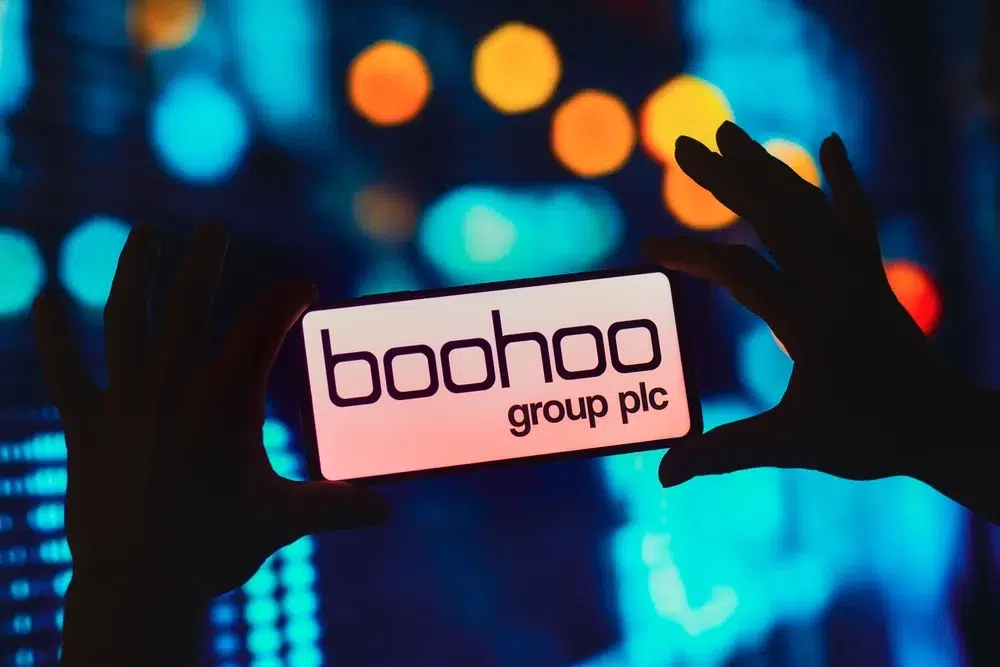With online shopping becoming a common activity for most consumers, fashion brands are realizing that the lines have been blurred and successful brands have to create a harmonious blend between online and offline shopping experiences.
The role of online information
Brands cannot think of their customers are being solely online or solely offline shoppers. Research from ContactLab and hybris has shown that a majority of in-store shoppers have actually searched online to get information beforehand, including product options, in-store availability and pricing. For fashion brands, this means putting as much care into their online presence as their physical stores and ensuring consistency in their omnichannel communication.
Detailed product descriptions, hours of operations and real-time stock availability have become essential information on websites. With the growing popularity of click-and-collect, consumers are ready to purchase as long as they are encouraged by convincing website content.
For new and small businesses, online visibility has also become a more affordable way to attract new customers. Being featured in magazines and other publications is still vital but a strong presence on search engines has become increasingly important. According to TextMaster, brands are investing more heavily this past year in the infrastructure and SEO content of their websites, including SEO-friendly product descriptions and additional content like category and brand pages. While the content needs to be optimized for search engines, it must ultimately appeal to shoppers. This means that it must be well written, interesting and persuasive.
Creating an emotional impact through storytelling
No matter the product – from luxury handbags to low-budget sandals – fashion brands that have successfully created a strong following are the ones that know how to convey their brand personality. They use storytelling across all their communications to make a deeper connection with consumers. From engaging website content to blog posts that keep consumers coming back for more, brands are creating a dialogue, rather than simply a sales pitch.
Brands like H&M take their storytelling a step further with an editorial strategy that includes articles, news and interviews, essentially making them a retailer and a publisher at the same time.
Getting the customers involved
With many shoppers practically glued to their smartphones, brands are using this in creative ways to link their online and offline experiences. Some brands are reposting their customer‘s photos on their own social media accounts and featuring interviews on their blogs.
Even luxury brands like Karl Lagerfeld are getting on board; several of their stores were outfitted with tablets to allow shoppers to take photos of themselves in-store and then share and comment on various social networks, creating a strong conversation around the brand.
For a connected experience to be successful, brands need to have a strong omnichannel focus, with online content that‘s adapted to their shopper‘s device – web, tablet or smartphone.
Focusing on a well-rounded experience
Brands can no longer think of their customers as exclusively online or in-store shoppers. They are often using a mix of both, and most importantly, they are spending a majority of their time online. They are searching for information, staying up to date and interacting with brands on the web, making it vital for the fashion industry to adapt to their customer‘s digital lifestyles.
Diane Gaillard

















